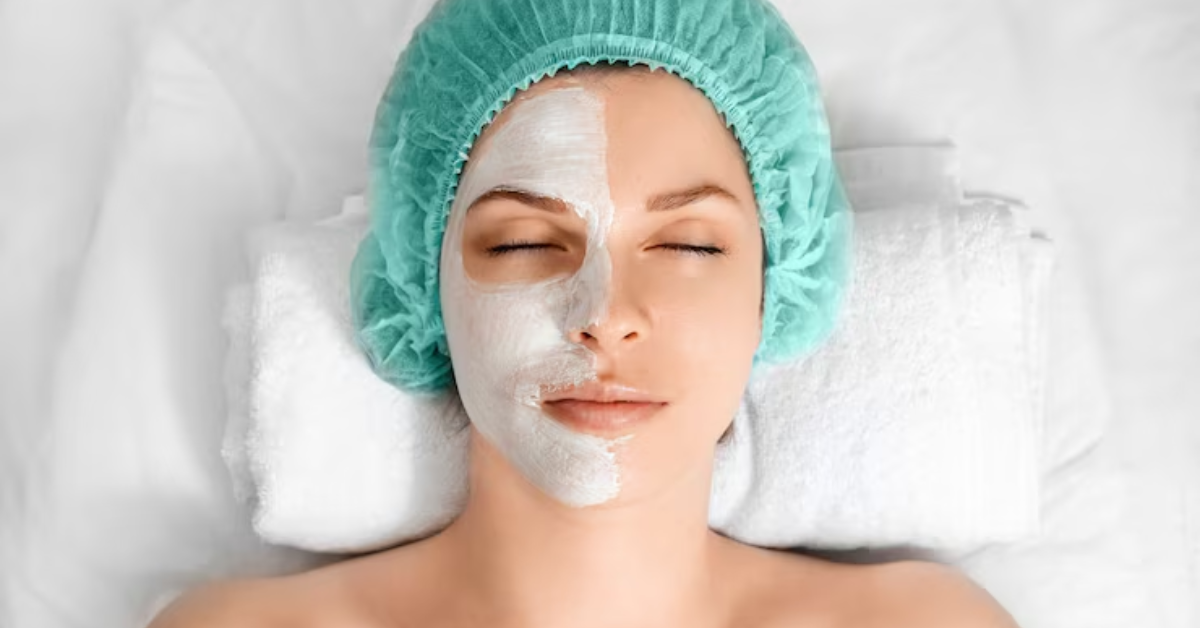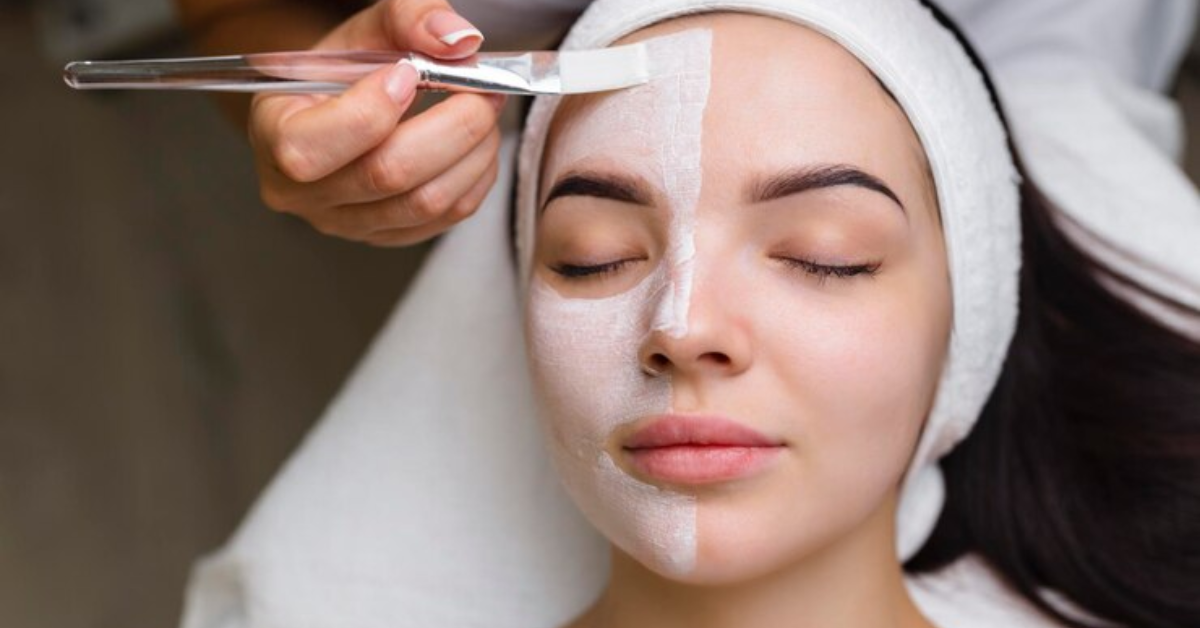How Does Laser Hair Removal Work?
Laser hair removal has revolutionized the field of cosmetic dermatology, offering a long-term solution to unwanted hair with remarkable precision and effectiveness. Understanding how this process works is essential for anyone considering this popular treatment option. In this comprehensive guide, we will delve into the intricacies of laser hair removal, exploring its underlying principles, the technology behind it, and its evolution over time.
Laser hair removal is a non-invasive procedure that utilizes concentrated beams of light to target and destroy hair follicles, inhibiting
future hair growth. Unlike temporary methods such as shaving or waxing, laser hair removal offers a
more permanent solution, reducing the need for frequent maintenance and providing smoother, hair-free skin for extended periods.
Brief History and Development
The concept of using light-based technology for hair removal traces back several decades, with early experiments dating back to the 1960s. However, it wasn't until the 1990s that advancements in laser technology paved the way for the development of safe and effective hair removal systems. The pioneering work of scientists and researchers in refining laser devices and optimizing treatment protocols has propelled laser hair removal into mainstream practice, making it one of the most sought-after cosmetic procedures worldwide.
As we embark on this exploration of laser hair removal, we will uncover the science behind its efficacy, the process involved in treatment, factors influencing its success, and much more. Join us on this journey to uncover the secrets of silky-smooth skin and bid farewell to the endless cycle of traditional hair removal methods.
Understanding Laser Technology
Laser technology is the cornerstone of modern hair removal techniques. It involves the use of focused light energy to target hair follicles selectively, disrupting their growth cycle and inhibiting future hair growth. By harnessing the principles of selective photothermolysis, lasers can effectively target melanin, the pigment responsible for hair color, while minimizing damage to surrounding skin tissues.
Laser technology operates on the principle of emitting concentrated beams of light at specific wavelengths. These wavelengths are absorbed by the melanin present in the hair follicles, converting light energy into heat. This process damages the hair follicles, preventing further growth without harming the surrounding skin. Different types of lasers are used in hair removal, each offering unique benefits and targeting specific skin and hair types.
Types of Lasers Used in Hair Removal
Several types of lasers are commonly used in hair removal procedures, including Alexandrite, Diode, Nd:YAG, and IPL (Intense Pulsed Light). Each laser type emits light at a specific wavelength, which determines its effectiveness for targeting different hair and skin types. Alexandrite lasers are known for their efficacy in treating light to olive skin tones, while Nd:YAG lasers are preferred for darker skin tones.
Laser hair removal works by targeting melanin, the pigment found in hair follicles. When exposed to laser light of the appropriate wavelength, melanin absorbs the energy, heating up and damaging the surrounding hair follicle. This process disrupts the follicle's ability to produce new hair, leading to a reduction in hair growth over time. By selectively targeting melanin, lasers can effectively treat unwanted hair while minimizing damage to surrounding skin tissues.
The Science Behind Laser Hair Removal
Hair Growth Cycle:Understanding the
hair growth cycle is crucial for comprehending how laser hair removal works. The hair growth cycle consists of three main phases: anagen (active growth), catagen (transitional), and telogen (resting). Laser hair removal is most effective during the anagen phase when the hair follicle is actively growing and contains the highest concentration of melanin, the pigment that absorbs laser energy.
Selective Photothermolysis:Selective photothermolysis is the fundamental principle that underpins laser hair removal. It involves the selective targeting of specific tissues, such as hair follicles, using light energy (photons) to generate heat (thermolysis). In laser hair removal, the laser emits a specific wavelength of light that is preferentially absorbed by the melanin in the hair follicle while minimizing absorption by surrounding tissues. This selective absorption allows the laser to heat the hair follicle to a temperature that effectively damages its structure, inhibiting further hair growth.
Absorption of Light by Melanin:Melanin, the pigment responsible for
hair and skin color, plays a crucial role in laser hair removal. When exposed to laser light of the appropriate wavelength, melanin absorbs the energy, converting it into heat. This process, known as photothermal conversion, selectively damages the hair follicle while sparing the surrounding skin tissue. The effectiveness of laser hair removal depends on the concentration of melanin in the hair follicle and the contrast between the hair and skin color. Lasers with longer wavelengths are often used for individuals with
darker skin tones to minimize the risk of damaging melanin-rich skin cells.
Process of Laser Hair Removal
Consultation and Skin Assessment:
- Before undergoing laser hair removal, individuals typically have a consultation with a trained practitioner. During this consultation, the practitioner assesses the individual's skin type, hair color, medical history, and expectations for treatment outcomes. This assessment helps determine the suitability of laser hair removal and allows the practitioner to customize the treatment plan accordingly.
Preparing for Treatment:
- Prior to the laser hair removal session, individuals are advised to follow specific pre-treatment instructions provided by the practitioner. This may include avoiding sun exposure, shaving the treatment area, and refraining from using certain skincare products. Following these instructions helps optimize the effectiveness of the treatment and reduces the risk of adverse effects.
Procedure Step-by-Step:
- The laser hair removal procedure typically begins with the individual being positioned comfortably in a treatment chair or bed. Protective eyewear may be provided to shield the eyes from the laser light.
- The practitioner may apply a cooling gel or use a cooling device to numb the skin and minimize discomfort during the procedure.
- The laser device is then adjusted to the appropriate settings based on the individual's skin type, hair color, and treatment area.
- The practitioner delivers quick pulses of laser light to the targeted area, systematically treating each hair follicle. The sensation experienced during treatment varies from person to person but is often described as a mild tingling or snapping sensation.
- The duration of the treatment session depends on the size of the treatment area and the density of hair growth. Small areas such as the upper lip may take only a few minutes, while larger areas like the legs or back may require longer sessions.
Cooling and Numbing the Skin:
- Many laser hair removal systems incorporate cooling mechanisms to minimize discomfort and protect the skin during treatment. This may include a built-in cooling system within the laser device or the use of external cooling devices such as chilled air or cryogen spray. Additionally, topical numbing creams may be applied to further reduce sensation in sensitive areas.
Application of Laser Pulses:
- Once the skin is adequately cooled and numbed, the practitioner begins the laser hair removal procedure by delivering precise pulses of laser light to the treatment area. The laser energy is absorbed by the melanin in the hair follicles, generating heat that damages the follicles and inhibits future hair growth.
Post-Treatment Care:
- After the laser hair removal session, individuals are advised to follow specific post-treatment care instructions provided by the practitioner. This may include avoiding sun exposure, applying soothing creams or gels to the treated area, and refraining from activities that may irritate the skin.
- It's common to experience mild redness, swelling, or discomfort immediately after treatment, but these symptoms typically subside within a few hours to days. Applying cold compresses and moisturizing the skin can help alleviate any discomfort and promote healing.
- Multiple treatment sessions are usually required to achieve optimal results, spaced several weeks apart to target hair follicles in different stages of the growth cycle. Following the recommended treatment schedule is essential for maximizing the effectiveness of laser hair removal and achieving long-lasting hair reduction.
Factors Affecting Treatment Effectiveness
Skin Type and Hair Color
The effectiveness of laser hair removal can vary depending on an individual's skin type and hair color. Lasers work by targeting the pigment melanin in the hair follicles, so individuals with lighter skin tones and darker hair colors tend to respond best to treatment. This is because there is a higher contrast between the melanin in the hair and the surrounding skin, making it easier for the laser to selectively target the hair follicles without damaging the skin. Conversely, individuals with darker skin tones or lighter hair colors may require specialized laser systems or alternative hair removal methods to achieve optimal results.
Hormonal Factors
Hormonal factors can also influence the effectiveness of laser hair removal. Hormonal imbalances, such as those caused by conditions like polycystic ovary syndrome (PCOS) or fluctuations during pregnancy, can affect the growth patterns of hair and may necessitate additional or more frequent treatment sessions. Additionally, certain medications or hormonal therapies may impact hair growth and response to laser treatment. It's important for individuals undergoing laser hair removal to discuss any hormonal concerns or medical conditions with their practitioner to ensure the most effective treatment plan.
Number of Sessions Required
The number of laser hair removal sessions required varies depending on several factors, including the individual's hair growth cycle, the treatment area, and the desired outcome. Since laser hair removal is most effective during the anagen (active growth) phase of the hair cycle, multiple sessions spaced several weeks apart are typically necessary to target hair follicles in different stages of growth. On average, most individuals require anywhere from 6 to 8 treatment sessions to achieve significant hair reduction, although this may vary based on individual factors. Consistency and adherence to the recommended treatment schedule are key to maximizing the effectiveness of laser hair removal and achieving long-lasting results.
Advantages of Laser Hair Removal
Laser hair removal offers numerous advantages over traditional hair removal methods such as shaving, waxing, and depilatory creams. Some key benefits include:
- Laser hair removal targets the root of the hair follicle, leading to significant hair reduction over time.
- Laser technology allows for precise targeting of hair follicles without damaging surrounding skin.
- Laser hair removal can treat large areas of the body quickly, making it a convenient option fo busy individuals.
- Unlike shaving or waxing, laser hair removal reduces the risk of ingrown hairs and irritation.
Potential Side Effects and Risks
While laser hair removal is generally considered safe, there are potential side effects and risks to be aware of, including:
- Some individuals may experience mild discomfort during treatment, which usually subsides shortly afterward.
- Temporary redness, swelling, or irritation may occur following treatment, but typically resolve within a few hours to days.
- In rare cases, laser hair removal may cause temporary or permanent changes in skin pigmentation, particularly in individuals with darker skin tones.
- Improper use of laser devices or failure to follow pre- and post-treatment instructions may increase the risk of burns or blisters.
Conclusion
Laser hair removal offers a convenient and effective solution for long-term hair reduction, providing individuals with smoother, hair-free skin. Through the targeted use of laser technology, unwanted hair can be safely and efficiently removed, offering advantages such as precision, speed, and reduced risk of ingrown hairs compared to traditional hair removal methods. While there are potential side effects and risks to consider, adherence to safety precautions and treatment guidelines can help minimize these risks. Overall, laser hair removal remains a popular choice for those seeking lasting results and increased confidence in their appearance.
BOOK YOUR FREE SESSION
We will get back to you as soon as possible
Please try again later
-
Locations
- Laser hair removal fort lauderdale
- Laser hair removal Hollywood
- Laser hair removal Pompano Beach
- Laser hair removal Pembroke Pines
- Laser hair removal Dania
- Laser hair removal Coral Springs
- Laser hair removal Margate
- Laser hair removal Coconut Creek
- Laser hair removal Deerfield Beach
- Laser hair removal Hallandale
- Laser Hair Removal Cooper city
- Laser hair removal davie
© 2021 Huggie Beauty Developed by LocalOptimize.co - All Rights Reserved










